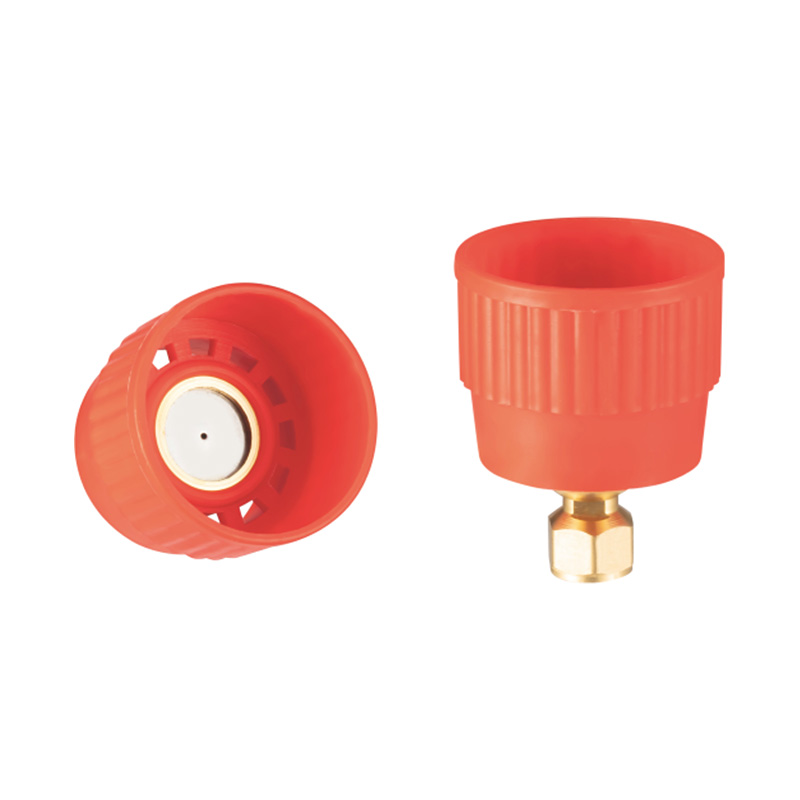This agricultural wrench high-pressure spray gun i...
See DetailsChoosing suitable spraying equipment is an important step in agricultural production, and the type of Agricultural Pressure Adjustable Nozzle and Pesticide Spray Gun Nozzle directly influences spraying efficiency, crop health, and resource management. Since different crops have varying needs during their growth stages, selecting the right nozzle helps ensure effective pest control, nutrient application, and water distribution. Understanding the role of spray gun accessories also allows farmers to match the right equipment with the right crop conditions.

Every crop presents unique requirements for spray coverage. Broad-leaf plants, such as vegetables and fruit trees, often need fine atomization to ensure both surfaces of the leaves are evenly coated. In contrast, cereal crops like wheat or rice may benefit from a wider spray angle to cover dense rows efficiently. Adjustable nozzles make it possible to modify droplet size and spray angle, giving farmers the flexibility to match crop characteristics without changing the entire spraying system.
Spray pressure determines droplet size and penetration. A higher pressure setting produces finer droplets, which improves coverage and adherence on delicate foliage but may drift more easily in windy conditions. Lower pressure settings produce larger droplets, which reduce drift and are suitable for taller crops or crops that require deeper penetration into the canopy. By carefully adjusting spray pressure, farmers can ensure that pesticides or nutrient solutions reach the intended target without unnecessary waste.
Spray patterns influence how well the applied liquid is distributed. A cone-shaped spray is often chosen for uniform coverage across wide areas, while a narrow jet spray is useful for targeted treatment, such as spot spraying against pests or weeds. Mist spray patterns work well for greenhouse crops and seedlings that need gentle treatment, whereas wide-angle sprays are suitable for large fields. The ability to switch between these patterns through adjustable nozzles allows the same sprayer to be used across multiple crop types.
The longevity of spraying equipment often depends on the quality of its accessories. Brass-made nozzles and connectors offer durability under high pressure, ensuring consistent performance during extended fieldwork. A nozzle that maintains stable flow without sudden fluctuations helps prevent under-application or over-application of chemicals. For farmers managing large-scale spraying operations, stable equipment reduces downtime and maintenance costs while ensuring consistent crop treatment.
Choosing the correct pesticide spray gun nozzle is not only about efficiency but also about safety. Accurate spray distribution prevents excessive chemical buildup on leaves, which could otherwise harm plant tissues or contaminate soil and water. Precision in droplet size and spray direction ensures that chemicals are applied only where needed, protecting both the crop and the surrounding environment. Farmers benefit from improved safety for workers as well, since controlled spraying reduces the chances of chemical exposure.
Nozzle selection must also consider seasonal and environmental variables. During dry periods, fine mist spraying can help maintain humidity around crops without overwatering. Adjustable nozzles allow operators to adapt to these changing conditions by fine-tuning spray angles and droplet sizes to suit the season’s requirements.
Modern farming involves more than just pesticide spraying. Farmers often use sprayers for herbicides, fungicides, and nutrient solutions. A nozzle that can adapt to these varied inputs saves time and reduces the need for multiple specialized accessories. Adjustable spray gun nozzles make it possible to handle different liquid formulations with consistent accuracy, giving farmers practical versatility across different spraying tasks.
Spraying often requires long hours in varying field environments. A nozzle designed for simple adjustment and smooth operation reduces the physical strain on workers. Features such as ergonomic handles, easy triggers, and well-fitted connectors contribute to comfort and efficiency. When workers can quickly switch between spray patterns and adjust pressure levels without complex tools, the entire spraying process becomes more manageable and effective.